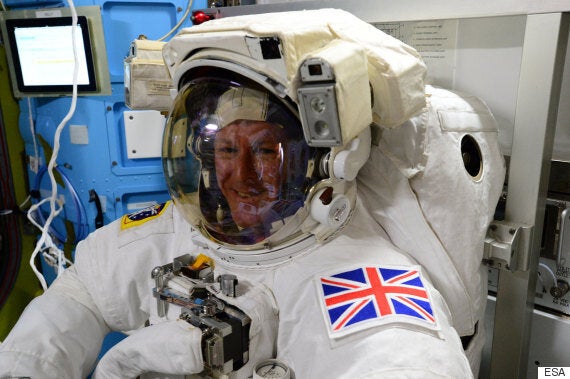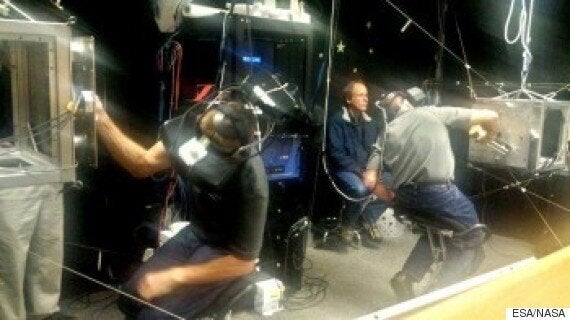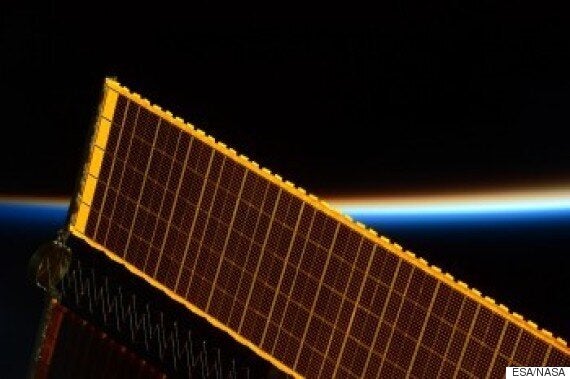
Tomorrow [Friday] Tim Kopra and I are going on our EVA (extra-vehicular activity). We have been preparing for this specific spacewalk for weeks in space, and months before that on Earth. However, to undertake an EVA actually takes several years of training. We have spent many hours working in our spacesuits, 'floating' in the largest swimming pool on Earth with a Space Station mockup. We have used virtual reality headsets to re-enact our operations and trained for the worst case scenario of becoming detached from the Space Station but I guess nothing can fully prepare for the feeling of being outside of a spacecraft in the vacuum of space.
Although I am exhilarated by tomorrow's [Friday's] spacewalk I have no time to dwell on these emotions. The six hours and 30 minutes we will work on the Space Station's hull are meticulously planned and Tim and I need to execute each step methodically.

In the past few weeks we have been preparing our tools and going over the EVA timeline that is almost 40 pages long. Reid Wiseman will be talking to us and guiding us from mission control - all operations in space rely on tremendous support from the dedicated international ground operations team. Reid has two spacewalks under his belt and his second EVA was similar to ours in that he swapped a Sequential Shunt Unit (SSU) - we cannot think of a better colleague to talk to on the space-to-ground voice loop.

Virtual reality spacewalk training with Tim Kopra. Credits: NASA Virtual Reality Laboratory
Our tools and spacesuits are ready, with all of our tools either clipped onto our spacesuit's 'Mini Work-Station' or stowed inside tool bags in the order we need them. In previous EVAs the bolt that keeps the SSU didn't always turn smoothly and NASA thinks this might be because the thread gets blocked with debris. In true The Martian style we fabricated a makeshift tool out of a toothbrush to clean the pinion thread if necessary.
You stop, you drop
I can hear my trainers at the European Astronaut Centre and their constant drilling in my ears: "you stop, you drop" meaning that as soon as you stop moving from A to B you 'drop' a tether - a short strap securing you to the nearest handrail. In space, if it isn't fixed down it will float away, and that includes ourselves. As we move to the furthest edge of the Space Station we will be attached to an anchor point by a thin steel wire on a reel, called a Safety Tether. These thin steel wires are a double-edged sword however as we must remain vigilant to not get them tangled up.

Credits: ESA/NASA
As soon as we exit the airlock we will keep check on each other. The helmet in our EMU suits does not move, so I rely on Tim to check nothing is caught or snagging, as Tim relies on me to check his back. Spacewalks, like many critical operations, operate on the buddy-buddy system. Tim and I will constantly be checking each other and relying on each other for assistance if something should go wrong.
So having completed all of our training and preparations - it's finally time to go for a walk. See you on the other side of the airlock, we have already packed our toothbrush!
